2024 BMW X3 Review: Monolith for the Road
It’s monolithic in design says BMW. But it’s also cutting edge inside and out. We head to Munich to drive the brand-new X3 before its launch in January 2025.
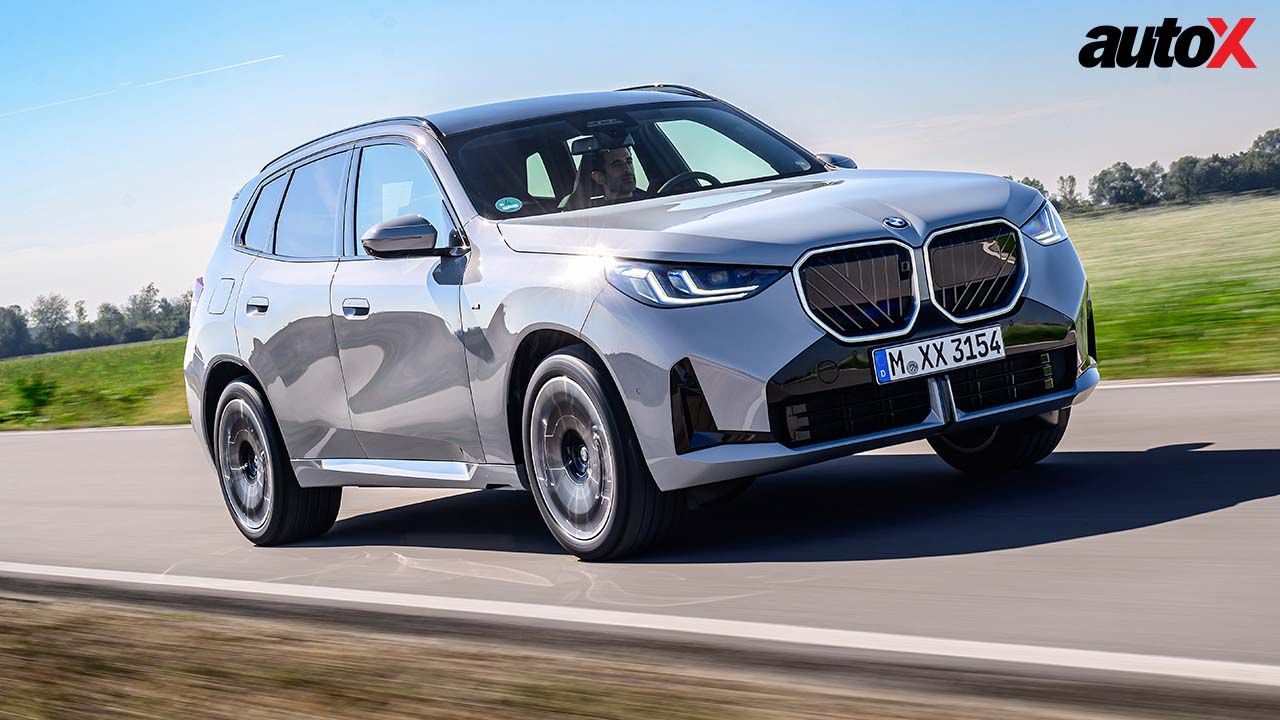
If you do an image search for the word ‘monolith,’ you’ll probably be served up visuals of the Pantheon or Colosseum in Rome. A motor vehicle is unlikely to show up. And yet, the designers at BMW want you to believe that the new X3 has a monolithic design!
You have to hand it to them, though, since the all-new, fourth-generation X3 is certainly a very clean design, and really does appear to be crafted from a single block of high-tensile steel. In fact, they do appear to have played a trick on the eye, in the sense that the X3 is 34mm longer and 29mm wider than its predecessor, and yet viewed on its own it almost appears smaller in proportion than the outgoing model. The cleverest trick they’ve played is actually around back, where not only is there a new taillight signature but also a rear bumper that’s seamlessly integrated into the tailgate.

There is one quizzical aspect to the design though. The kidney grilles are larger, of course, but they’ve also got both vertical and diagonal lines running through them. Having said that, while this looks incongruous at first, perhaps it’s one of those design features that will grow on you over time. Or perhaps it’s merely a look-at-me element on what is otherwise a clean design. The grille also has another definitive look-at-me element, and that’s the fact that it lights up at night – which is certainly anything but discreet.
The Perfect BMW SUV?
But enough about the looks, after all I’m by no means an arbiter of good taste. But I am a former X3 owner, so I know a little bit about the legacy of this model. And, for me, the X3 was always the perfect BMW SUV. Or SAV – Sports Activity Vehicle – in BMW speak. And rightly so, in the sense that they really did introduce driving pleasure and an element of sportiness to the SUV space with the introduction of the X5 in 1999. The X3 dutifully followed this benchmark, and even built on it further with its more compact dimensions – dimensions that I’ve always felt are better suited to our conditions. I owned the X3 30d, which had the 3.0-litre turbo-diesel motor producing 276 horsepower. And to say that it was a powerhouse would be an understatement. Unfortunately, the 3.0-litre diesel was discontinued from the Indian market, and what we were left with were the 2.0-litre petrol and diesel models – both of which continue with this generation as well. The difference being that they now also get a 48V mild hybrid system, which adds an electric motor that sits between the engine and transmission and provides both a boost in power and also improves fuel economy.

The car we drove was the 20 xDrive, which had a 2.0-litre turbo-petrol motor that produces 208 horsepower and 330Nm of torque, enabling this model to sprint to 100km/h in 7.8 seconds. Power isn’t staggering, but it’s certainly adequate at all times. The electric boost, which is just under 20 of the 208 horses, is seamless and most welcome during quick overtaking manoeuvres. The transmission remains the ZF 8-speed, which is probably the best automatic transmission out there. Our test car was the M-Sport version, which has massive 20-inch wheels, with equally enormous 285-section rear tyres.
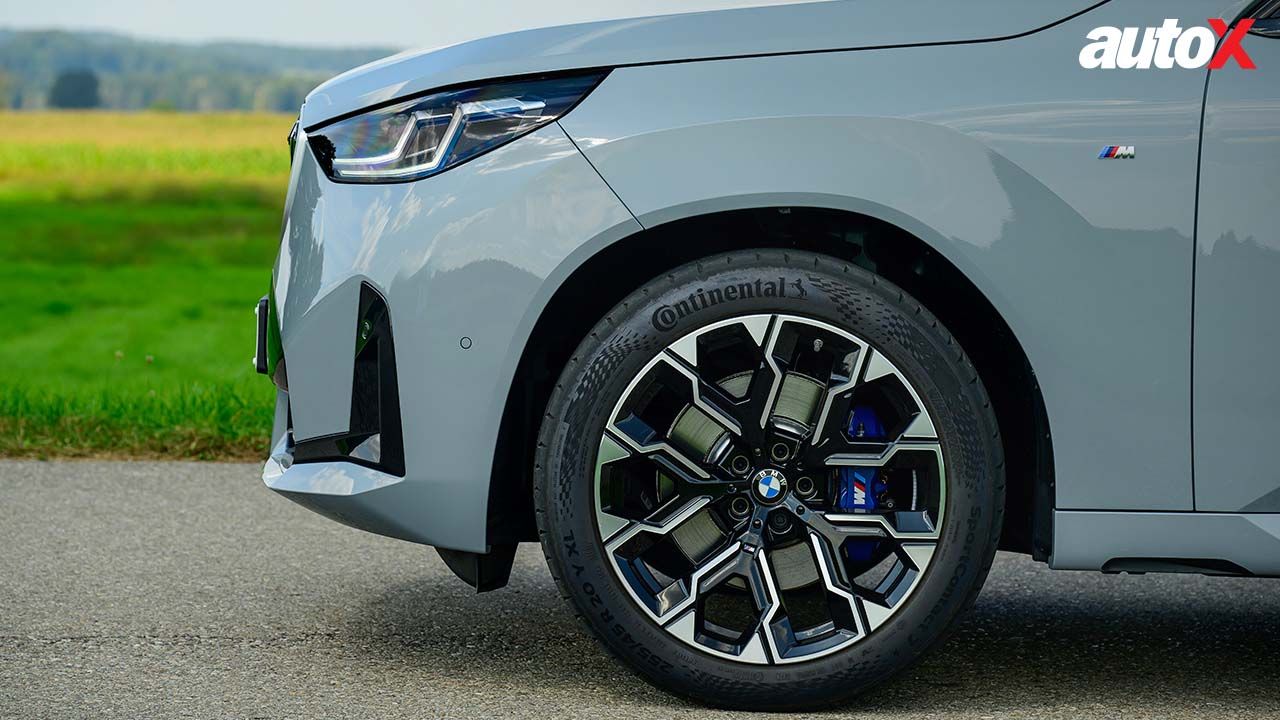
The end result is that the X3 has tremendous grip levels, and once you add the electronics into the mix you soon realise that it’s virtually impossible to get the X3 unsettled, no matter how dim-witted your inputs. The one area in which the X3 is very un-BMW-like, however, is steering feel. In Comfort mode, you’re always correcting the steering in the on-center position because it's so disconnected from the front wheels that it’s a bit disconcerting. Once you start turning in either direction it loads up nicely and feels quite direct, but in the straight-ahead position you’re always having to make minor adjustments because of how vague it is. It’s a little better in Sport, but on the whole it leaves a lot to be desired – especially since, even if actual steering feel is a thing of the past, BMW’s have always inspired confidence and been engaging to drive.
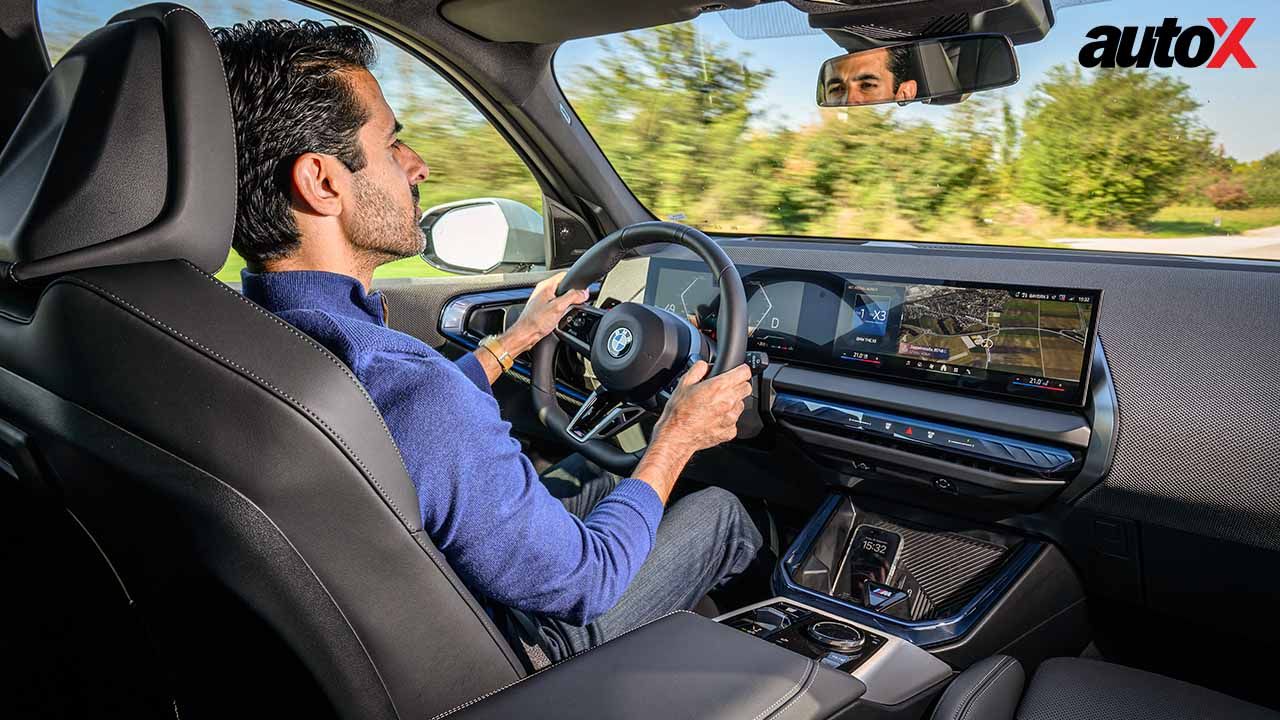
In that sense, the X3 certainly appears to be aimed at being more middle-of-the-road, perhaps to appeal to a wider audience. At any rate, it’s lost an element of driving appeal that I for one greatly enjoyed in the past.
Also Read: 2023 BMW M2 vs 1992 BMW 325i - The Last Old School M-Car
Emphasis on Design & Technology
You can tell, however, that the BMW engineers have put a lot of effort into design and technology – especially in the cabin of this car. In fact, you could even define the cabin as continuing the monolithic design philosophy. After all, it’s also incredibly clean. The dashboard is dominated by BMW’s massive wraparound screen, and there are no buttons whatsoever – even the volume control knob has been moved to the center console. The part of the dash that’s visible appears to have been moulded out of a single block of stone. Our test car was fitted with what BMW calls its Econeer upholstery, which is made of recycled materials, and is actually a very nice pattern and fabric on the dash and the door panels. When it comes to India, I’m sure the X3 will have the option of leather – either real or synthetic.
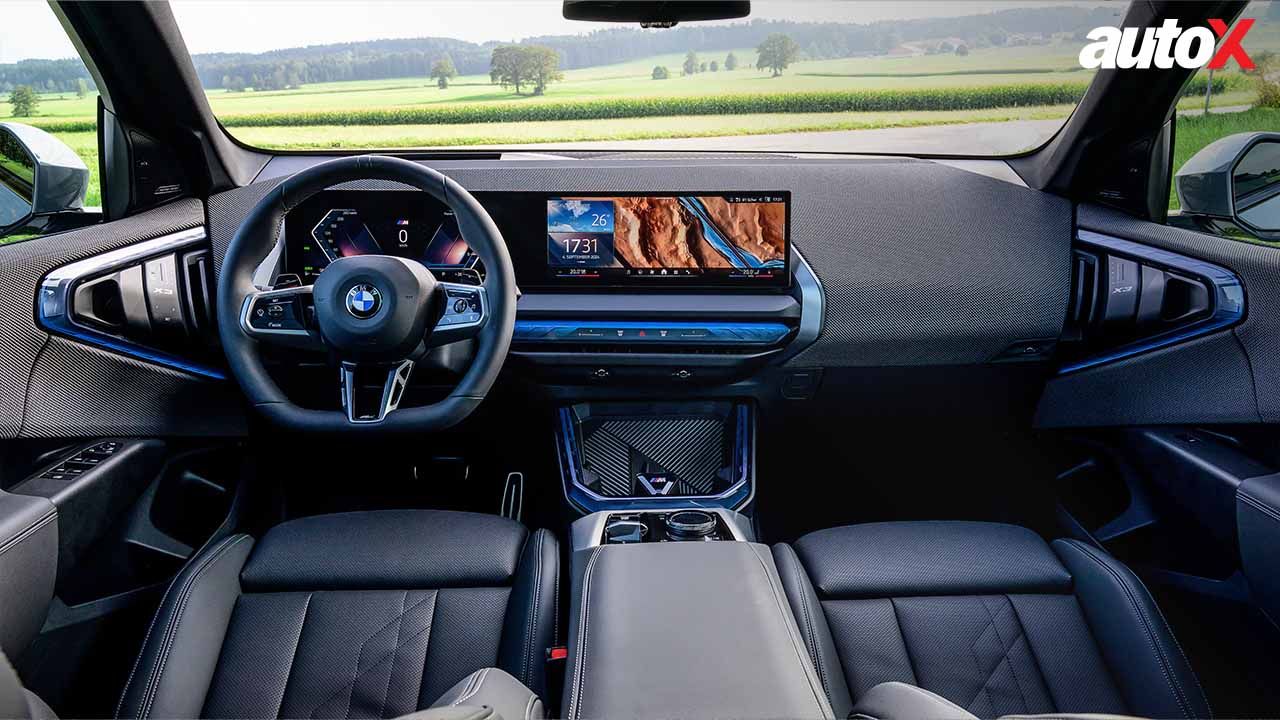
The X3 is also littered with beautifully lit panels on the dash, center console and the doors, which change colour depending on which driving mode you’re in. iDrive 9 is seamless and easy to use – it certainly remains the industry standard for ease of use – and it now also gets augmented reality navigation, which is very useful when you use BMW’s in-built navigation. But, like with the driving experience, there is one very un-BMW-like element in this cabin – and that’s the hard, sharp and scratchy plastic that has been used for the door pulls. And that’s quite quizzical, simply because this is an everyday touchpoint. After all, BMW set the benchmark with its cabin plastics 25 years ago, so I simply can’t fathom how this particular component made it through quality control. Fortunately, quality elsewhere is excellent, as you would expect.
Also Read: BMW 5 Series LWB 530Li Review: Winning the Battle of Luxury Sedans in India Even Before it Begins?
As a former X3 owner, and a BMW fan frankly, if you ask me, I think that the X3 has lost a bit of its appeal from the driver’s seat. Perhaps that means it really will appeal to a wider audience. It’s certainly cutting edge and comfortable. The design is clean, it’s laden with tech and it’s very refined.
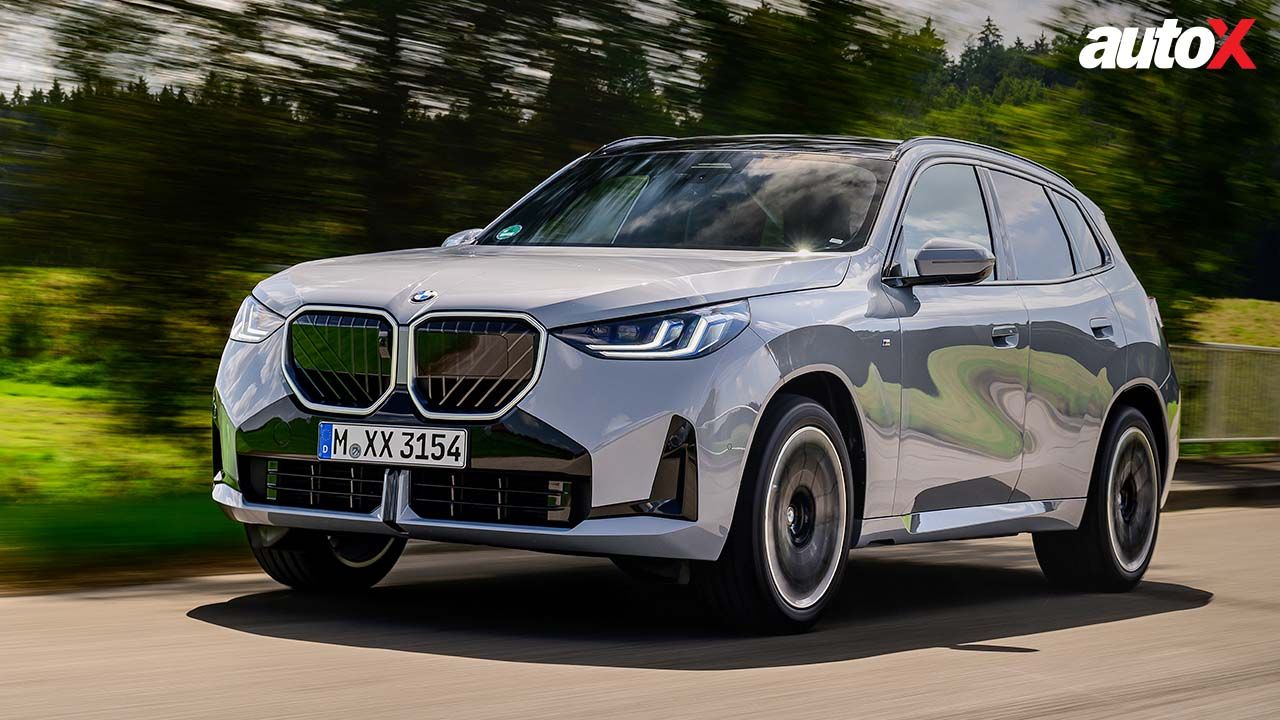
It’ll be launched in January next year at the Bharat Mobility expo, so if it’s a monolith for the road you want – albeit a new-age one – stay tuned.
Engine: 1,998cc / 4-Cylinder / Turbocharged
Fuel: Petrol
Transmission: 8-Speed Automatic / All-Wheel Drive
Power: 205bhp @ 4,400-6,500rpm
Torque: 330Nm @ 1,500-4,000rpm
X-Factor: A new-age BMW SUV that hits all the right notes when it comes to design & technology.
|
Pros • iDrive 9 remains the industry standard |
Cons |


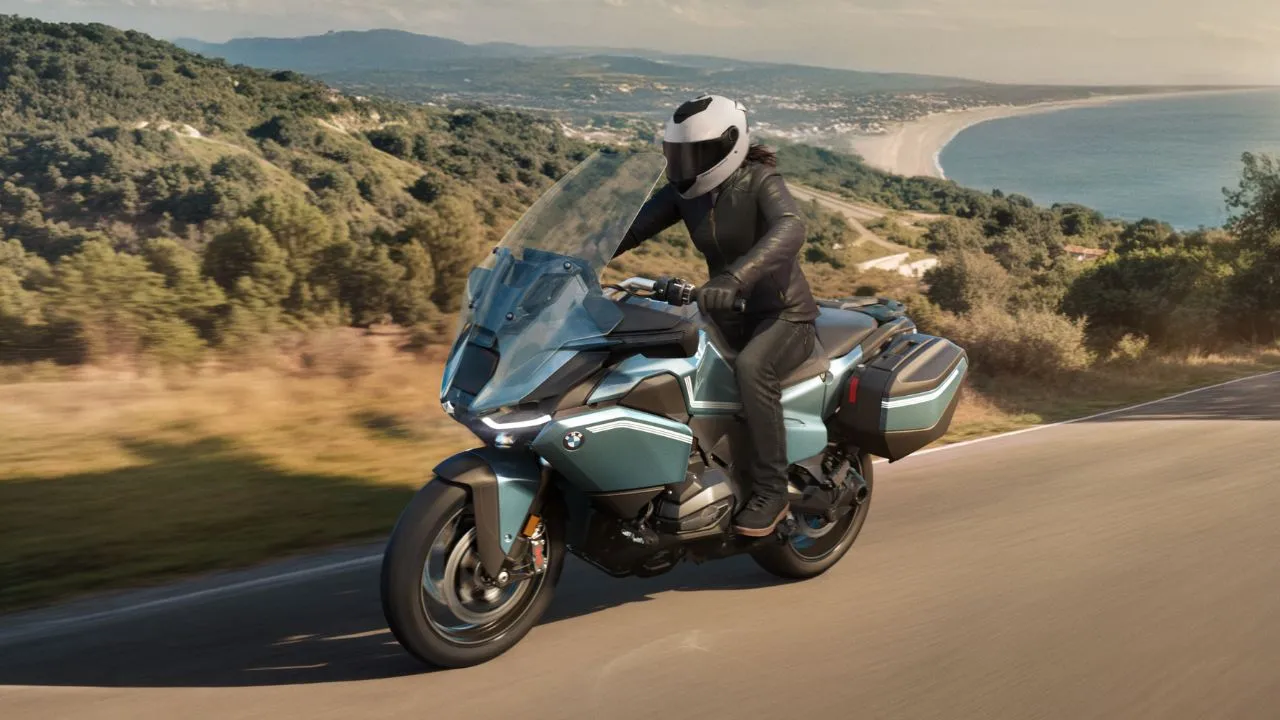
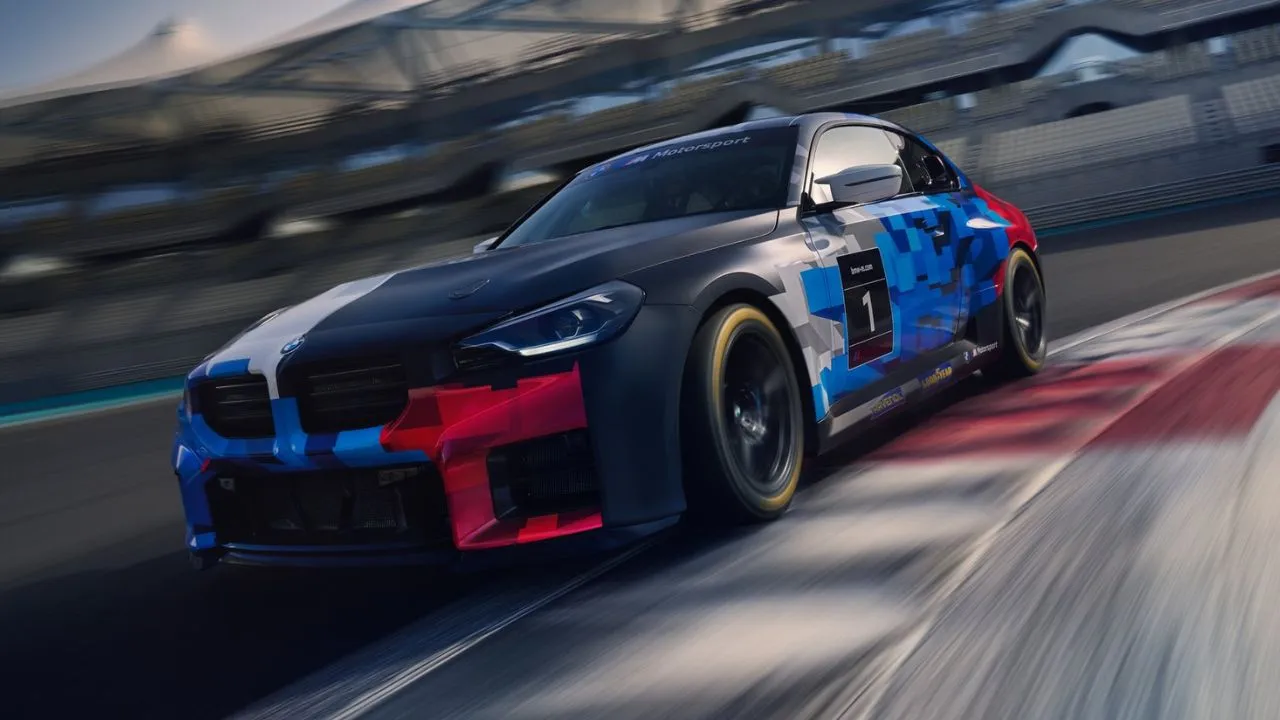

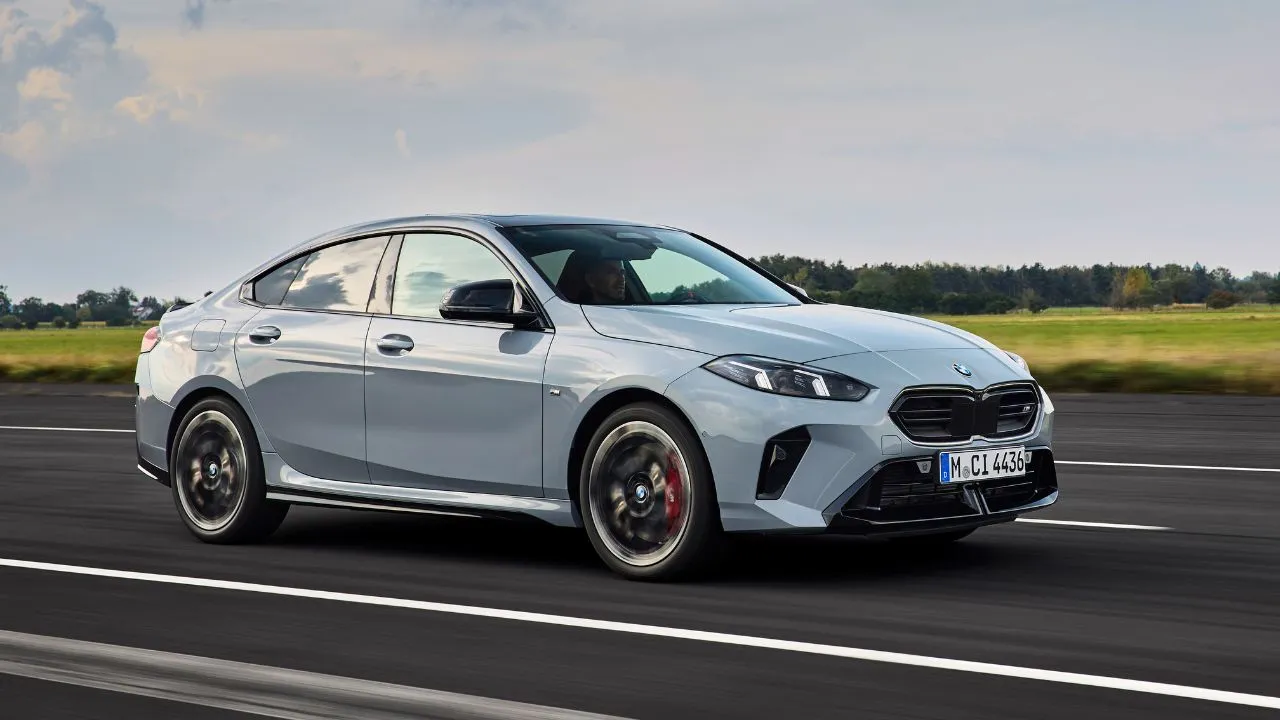

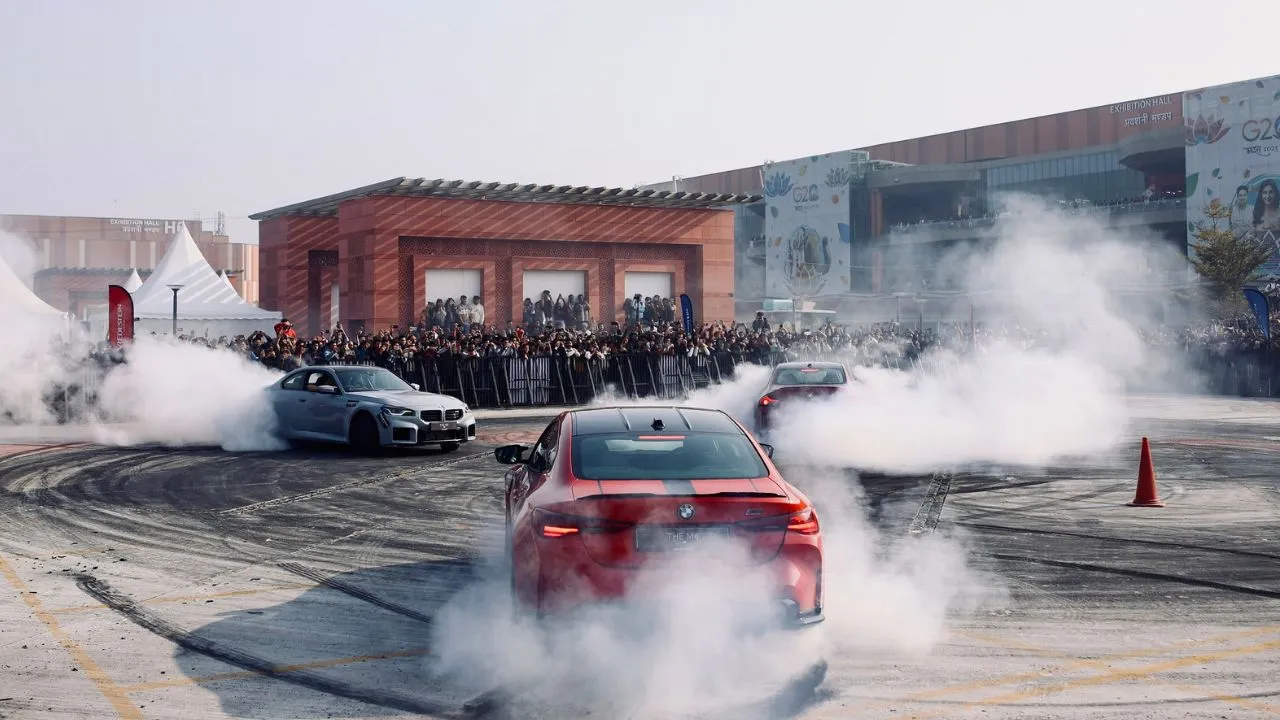
Write your Comment on